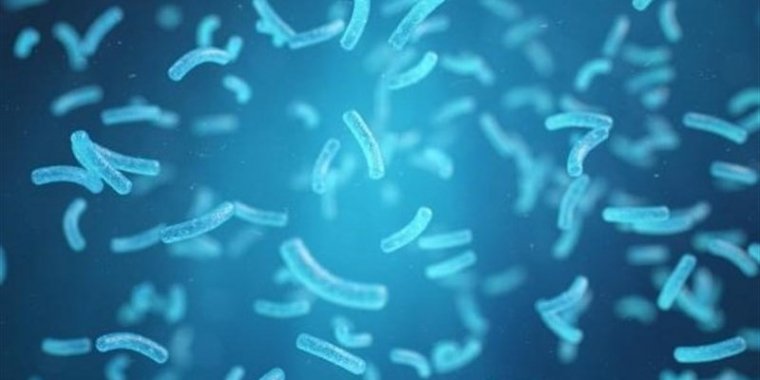| News / Science News |
Novel Technology Uses Bacteria for Cleaning Water
A novel technology was developed by Indian-origin researchers that can clean water twice as fast as commercially available ultrafiltration membranes.

Novel technology uses bacteria for cleaning water. ![]()
The advance brings hope for countries like India where clean drinking water is a big issue. According to a team from the Washington University in St. Louis.
More than one in 10 people in the world lack basic drinking water access, and by 2025, half of the world's population will be living in water-stressed areas.
The team developed an ultrafiltration membrane using graphene oxide and bacterial nanocellulose that they found to be highly efficient, long-lasting and environment-friendly.
The membrane technology purifies water while preventing biofouling, or build up of bacteria and other harmful micro-organisms that reduce the flow of water. For the study, they used bacteria to build such filtering membranes.
The Gluconacetobacter hansenii bacteria is a sugary substance that forms cellulose nanofibres when in water. The team then incorporated graphene oxide (GO) flakes into the bacterial nanocellulose while it was growing, essentially trapping GO in the membrane to make it stable and durable. They exposed the membrane to E. coli bacteria, then shone the light on the membrane's surface.
After being irradiated with light for just three minutes, the E. coli bacteria died. The team determined that the membrane quickly heated to above the 70 degrees Celsius required to deteriorate the cell walls of E. coli bacteria.
While the bacteria are killed, the researchers had a pristine membrane with a high quality of nanocellulose fibres that was able to filter water twice as fast as commercially available ultrafiltration membranes under high operating pressure.
When they did the same experiment on a membrane made from bacterial nanocellulose without the reduced GO, the E. coli bacteria stayed alive. While the researchers acknowledge that implementing this process in conventional reverse osmosis systems is taxing, they propose a spiral-wound module system, similar to a roll of towels.
It could be equipped with LEDs or a type of nanogenerator that harnesses mechanical energy from the fluid flow to produce light and heat, which would reduce the overall cost.
If the technique were to be scaled up to a large size, it could benefit many developing countries where clean water is scarce, the researchers noted. (Tasnim News Agency)
YOU MAY ALSO LIKE


